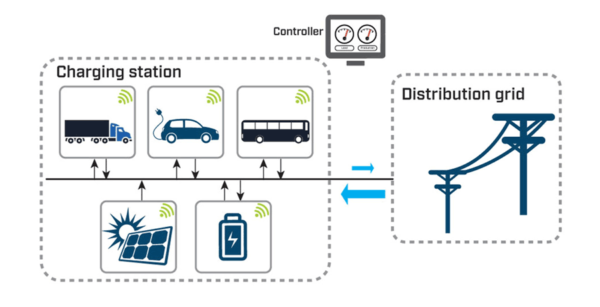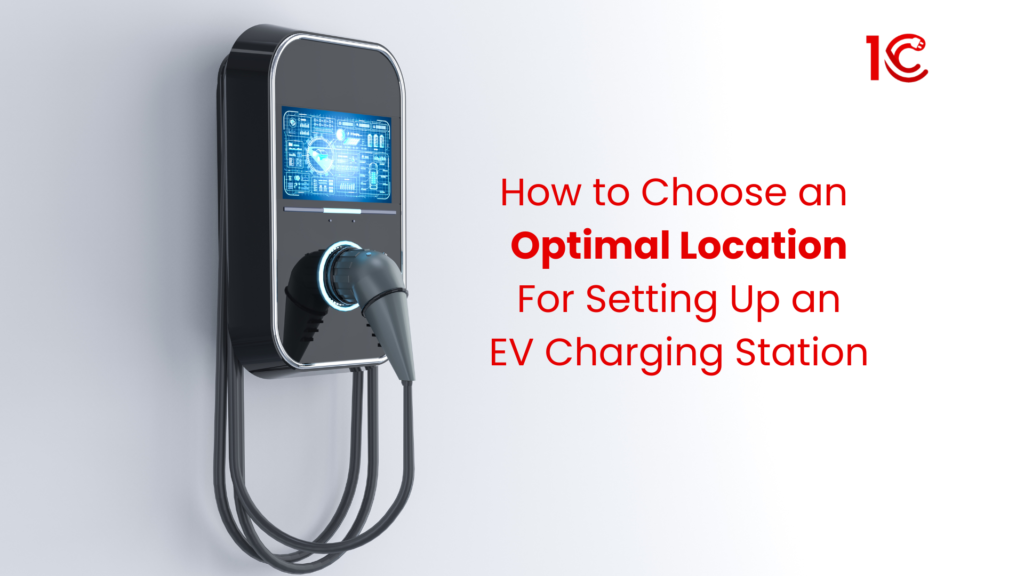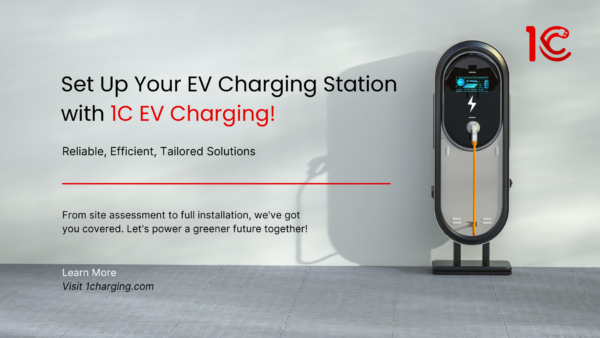As electric vehicles gain momentum in the global automotive market, the demand for accessible and efficient charging infrastructure is also increasing. Urban areas, with their dense populations and frequent traffic, present unique challenges and opportunities for the placement of EV charging stations. Identifying optimal location for these charging stations is important for promoting widespread EV adoption, enhancing user convenience, and supporting sustainable urban mobility.
Key Considerations for Placement
1. High-Traffic Areas:
Urban centres with heavy vehicular traffic are prime candidates for EV charging stations. These areas, including downtown districts, shopping centres, and major intersections, attract many commuters and visitors. Installing charging stations in such locations ensures high visibility and accessibility, catering to a significant portion of the urban population.

2. Residential Zones:
As more people shift to electric vehicles, the need for home charging solutions becomes evident. However, many urban dwellers live in apartments or houses without dedicated parking spaces. Placing charging stations in residential neighbourhoods, particularly near multi-family housing units, addresses this gap. It allows EV owners to conveniently charge their vehicles overnight, leveraging off-peak electricity rates.
3. Commercial and Business Districts:
Offices and commercial complexes are ideal for EV charging infrastructure. Employees can charge their vehicles while at work, ensuring they have sufficient range for their commutes. Additionally, offering charging facilities can be a valuable perk for businesses looking to attract and retain talent. It also supports corporate sustainability goals.
4. Public Transit Hubs:
Locations such as train stations, bus depots, and airports are critical for the expansion of EV charging networks. These transit hubs serve as convergence points for large numbers of people, many of whom may have extended dwell times. Installing charging stations at these sites enables EV drivers to charge their vehicles while using public transportation, promoting an integrated approach to urban mobility.

5. Entertainment and Leisure Destinations:
Malls, parks, theatres, and sports arenas are frequented by visitors who typically spend several hours at these venues. Installing charging stations in these areas can enhance the overall visitor experience by allowing them to charge their vehicles while enjoying leisure activities.
Technological and Economic Considerations
1. Power Supply and Grid Capacity:
The availability of a strong power supply is essential for the operation of EV charging stations. Urban planners must assess the local grid’s capacity to handle increased electricity demand. In some cases, upgrading the infrastructure or incorporating renewable energy sources, such as solar panels, may be necessary to ensure a reliable and sustainable power supply.

2. Cost and Funding:
The installation and maintenance of EV charging stations require significant investment. Public-private partnerships can be instrumental in sharing costs and risks. Governments can incentivize the development of charging infrastructure through grants, subsidies, and tax breaks. Additionally, collaboration with private sector stakeholders, such as automotive companies and energy providers, can drive innovation and efficiency.
3. User Convenience and Accessibility
To maximise the utility of charging stations, they should be easily accessible and user-friendly. This includes considerations like adequate signage, real-time availability updates through mobile apps, and compatibility with various EV models. Providing amenities such as Wi-Fi, seating areas, and restrooms can further enhance the user experience.
Future Directions
The rapid evolution of EV technology and increasing consumer adoption necessitate a forward-thinking approach to infrastructure development. Urban planners must anticipate future trends, such as the rise of autonomous vehicles and advances in battery technology, which may influence charging patterns and infrastructure needs. Continuous monitoring, data analysis, and stakeholder engagement will be critical in adapting to these changes and ensuring that urban areas remain at the forefront of the EV revolution.
In conclusion, the strategic placement of EV charging stations in urban areas is important for developing a sustainable, efficient, and user-friendly transportation ecosystem. By addressing key considerations and leveraging technological advancements, cities can support the transition to electric mobility, reduce carbon emissions, and enhance the quality of urban life.
Share this article:
Follow us for more such content!













